Home>Articles>How To Protect Electrical Cords From Excessive Pulling And Bending
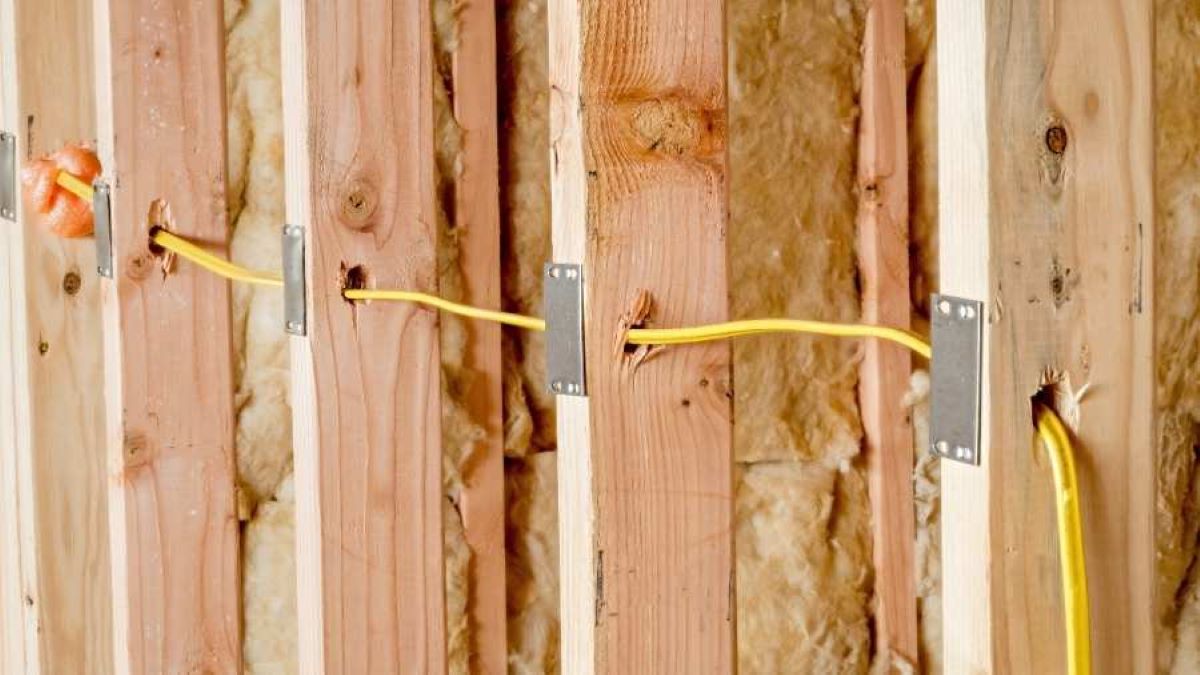

Articles
How To Protect Electrical Cords From Excessive Pulling And Bending
Modified: January 6, 2024
Learn how to remove electrical cord strain relief in this helpful article. Find step-by-step instructions and expert tips for easy removal.
(Many of the links in this article redirect to a specific reviewed product. Your purchase of these products through affiliate links helps to generate commission for Storables.com, at no extra cost. Learn more)
Introduction
Welcome to this comprehensive guide on how to remove electrical cord strain relief. If you’ve ever dealt with tangled or damaged cords, you know how frustrating it can be. Electrical cord strain relief is a small but crucial component that helps protect cords from excessive pulling and bending, preventing damage to the wires inside. However, there are times when you may need to remove the strain relief, whether it’s because you’re replacing the cord or making repairs.
In this article, we will delve into the world of electrical cord strain relief, discuss why you may need to remove it, and provide you with a step-by-step tutorial on how to do it correctly. So, if you’re ready to get your cords back in shape, let’s dive in!
Key Takeaways:
- Removing electrical cord strain relief is essential for cord replacement, repairs, or modifications. Prioritize safety, use the right tools, and follow a systematic approach for a successful removal process.
- When removing strain relief, inspect the cord for damage, apply safety precautions, and consider seeking professional help if needed. With the right knowledge and techniques, you can ensure the safety and optimal functioning of your electrical equipment.
Read more: How To Protect Electrical Cord Outdoor
What is Electrical Cord Strain Relief?
Before we dive into the process of removing electrical cord strain relief, let’s first understand what it is. Electrical cord strain relief, also known as a cord grip or cable gland, is a device used to secure and protect the end of an electrical cord where it enters a piece of equipment or a device.
The main purpose of electrical cord strain relief is to prevent the cord from being yanked, twisted, or bent at the point where it connects to the equipment. It helps distribute the strain along the length of the cord, reducing the risk of damage to the wires inside. By providing a secure grip, strain relief also helps protect the cord from excessive tension, which can lead to insulation damage, short circuits, and electrical hazards.
Typically, strain relief is made from durable and flexible materials like rubber, plastic, or metal. It is designed to withstand the rigors of regular use and provide a protective barrier for the cord. You will commonly find strain relief on power cords for appliances, electronics, tools, and other devices that have a fixed connection to an electrical outlet.
In addition to protecting the cord from damage, strain relief also plays a crucial role in maintaining the integrity of the electrical connection. It helps minimize strain on the cord terminals, reducing the risk of the connections becoming loose or damaged over time. This ensures a reliable and safe electrical connection between the cord and the device.
Overall, electrical cord strain relief is a small but essential component that helps extend the lifespan of your cords, improves safety, and ensures a secure electrical connection. However, there are situations where you may need to remove the strain relief, either for cord replacement or repair purposes.
Now that we have a clear understanding of what electrical cord strain relief is, let’s explore why you might need to remove it.
Why Remove Electrical Cord Strain Relief?
While electrical cord strain relief serves a vital purpose in protecting and securing cords, there are several scenarios where you may need to remove it. Here are a few common reasons why you might find yourself removing electrical cord strain relief:
- Replacing a damaged cord: If the electrical cord itself is damaged, frayed, or no longer functioning, you may need to replace it. Removing the strain relief allows you to detach the old cord and install a new one.
- Making repairs: If you’re troubleshooting an electrical issue and need to access the internal wiring or connections, removing the strain relief is necessary to gain entry to the cord’s termination point.
- Modifying the cord length: In some cases, you may need to customize the length of the cord to fit a specific application. Removing the strain relief allows you to trim or extend the cord as needed.
- Switching strain relief styles: Perhaps you want to upgrade to a different type of strain relief that provides better protection or a more secure grip. Removing the existing strain relief enables you to install a new one that meets your requirements.
- Reconfiguring equipment: If you’re reorganizing or rearranging your workspace, you might need to remove the strain relief to reposition the cord or route it through a different pathway.
It is important to note that removing electrical cord strain relief should only be done when necessary. If the cord is in good condition and functioning properly, there is usually no need to remove or replace the strain relief. Doing so unnecessarily can potentially compromise the safety and performance of the electrical connection.
Now that we understand the reasons for removing electrical cord strain relief, let’s move on to the tools and materials you will need for the process.
Tools and Materials Needed
Before you begin the process of removing electrical cord strain relief, it’s essential to gather the necessary tools and materials. Having everything at hand will make the task easier and more efficient. Here’s a list of what you’ll need:
- Screwdriver: Depending on the type of strain relief, you may need a flathead or Phillips screwdriver to loosen or remove any screws holding the strain relief in place.
- Pliers: Pliers will come in handy for gripping and twisting the strain relief if it does not have any screws.
- Wire cutters/strippers: If you are replacing the entire cord, you will need wire cutters to remove the old cord and wire strippers to prepare the ends of the new cord for installation.
- Replacement cord (if applicable): If you are replacing the cord, make sure you have a suitable replacement cord that matches the original specifications in terms of voltage, current rating, and wire gauge.
- Protective gloves: It’s always a good idea to wear protective gloves to safeguard your hands from any sharp edges or potential electrical hazards.
- Safety glasses: Eye protection is essential when working with electrical components to prevent any debris from getting into your eyes.
Having these tools and materials readily available will ensure a smooth and safe removal process. Now that you’re well-prepared, let’s move on to the step-by-step guide for removing electrical cord strain relief.
To remove electrical cord strain relief, first unplug the cord. Then, carefully loosen the strain relief nut and remove it from the cord. Gently pull the cord out of the strain relief to release it.
Step-by-Step Guide to Removing Electrical Cord Strain Relief
Removing electrical cord strain relief requires careful attention and a systematic approach. Follow these step-by-step instructions to safely and effectively remove the strain relief:
- Disconnect the power: Before you begin, ensure that the device or equipment is unplugged or powered off. This step is crucial to prevent any potential electrical shocks or accidents.
- Assess the strain relief: Take a close look at the strain relief to determine its type and how it is secured to the equipment. Some strain reliefs have screws, while others may be attached by pressure or locking mechanisms.
- Loosen or remove the screws (if applicable): If the strain relief has screws, use a suitable screwdriver to loosen or remove them. Place the screws in a safe place to avoid losing them.
- Grip and twist (if applicable): If there are no screws, you may need to use pliers to grip the strain relief firmly. Twist it counterclockwise or in the direction specified in the equipment’s manual to loosen and remove it.
- Gently pull the strain relief: Once the strain relief is loosened, carefully pull it away from the equipment. Be cautious not to yank or apply excessive force that could damage the cord or the equipment.
- Inspect the cord: With the strain relief removed, inspect the cord for any signs of damage or wear that might require repairs or replacement.
Following these steps will allow you to remove electrical cord strain relief safely and efficiently. However, it’s important to proceed with caution and refer to the equipment’s manual or seek professional assistance if you have any doubts or encounter complications during the process.
Now that you have successfully removed the strain relief, it’s crucial to take some safety precautions before proceeding with further steps.
Read more: How To Protect Electrical Cord Over Roadway
Safety Precautions
When working with electrical components, it is essential to prioritize safety and take certain precautions to prevent accidents or injuries. Here are some safety measures to keep in mind when removing electrical cord strain relief:
- Power off and unplug: Always make sure to disconnect the power supply and unplug the equipment before working on it. This will minimize the risk of electric shocks or accidental activation of the device.
- Wear protective gear: Put on protective gloves and safety glasses to protect your hands and eyes from any potential hazards, such as sharp edges or debris.
- Handle with care: Be gentle when removing the strain relief to avoid damaging the cord or the equipment. Avoid using excessive force or pulling on the cord excessively.
- Inspect the cord: Before proceeding with any repairs or replacements, thoroughly inspect the cord for any signs of damage, fraying, or exposed wires. If you notice any issues, consider replacing the cord entirely or seeking professional help.
- Ensure proper grounding: If the equipment is grounded, ensure that the grounding wire is properly connected before reattaching the strain relief or installing a new one.
- Follow manufacturer instructions: Refer to the equipment’s manual or the manufacturer’s guidelines for specific instructions on removing and replacing the strain relief. Different devices may have different requirements, so it’s important to follow the recommended procedures.
- Seek professional assistance if needed: If you are uncertain about any aspect of the process or if you encounter any difficulties, it is always wise to consult a professional electrician or contact the manufacturer for guidance.
By taking these safety precautions, you can minimize the risks associated with working on electrical components and ensure a safe and successful removal of the strain relief.
Now, let’s move on to some tips and tricks to help you during the removal process.
Tips and Tricks
Removing electrical cord strain relief can sometimes be a challenging task, but with the following tips and tricks, you can make the process easier and more efficient:
- Use the right tools: Ensure that you have the appropriate screwdriver size and pliers for the specific type of strain relief you are working with. Using the correct tools will make the removal process smoother and reduce the risk of damage.
- Apply lubrication if needed: If the strain relief seems stubborn and difficult to remove, you can try applying a small amount of lubricant or silicone spray to loosen it. Be cautious not to apply too much, as it can make the cord slippery.
- Take pictures or notes: Before removing the strain relief, it may be helpful to take pictures or jot down notes to document the current setup or wire connections. This will come in handy when reattaching the strain relief or replacing the cord.
- Label or color-code wires: If you are working with multiple wires or connections, consider labeling or color-coding them to ensure proper reassembly later. This will help you avoid any confusion or mistakes during the reinstalling process.
- Inspect the strain relief: While you have it removed, take the opportunity to inspect the strain relief itself. Look for any signs of wear, cracks, or damage. If the strain relief is worn out or damaged, it is a good idea to replace it with a new one for optimal safety and performance.
- Follow a systematic approach: When removing the strain relief, work step by step and stay organized. Keep track of the screws, parts, and connections to make the reinstallation process smoother.
- Seek professional help if necessary: If you are hesitant or uncomfortable working with electrical components, or if you encounter any unexpected complexities, it’s best to seek assistance from a professional electrician.
By following these tips and tricks, you can navigate the removal process with confidence and ensure a successful outcome.
Now that we’ve covered all the essential aspects of removing electrical cord strain relief, let’s summarize what we’ve learned.
Conclusion
Removing electrical cord strain relief may seem like a daunting task, but with the right knowledge and techniques, it can be accomplished safely and efficiently. In this article, we explored what electrical cord strain relief is and why you might need to remove it. We also provided a step-by-step guide, along with important safety precautions to consider.
Remember, when removing strain relief, always prioritize safety by disconnecting the power and wearing appropriate protective gear. Take your time to assess the strain relief and determine the necessary tools and techniques for its removal. Be gentle and cautious to avoid damaging the cord or the equipment.
Additionally, we provided some valuable tips and tricks to make the process smoother, such as using the right tools, applying lubrication if needed, and labeling or color-coding wires for reinstallation. Don’t hesitate to seek professional help if you feel unsure or encounter complications along the way.
By following these guidelines, you can successfully remove electrical cord strain relief and proceed with replacing the cord or making necessary repairs. This will help ensure the safety and optimal functioning of your electrical equipment and prevent any potential hazards or issues related to damaged cords.
Remember, if you’re ever unsure or uncomfortable with any electrical work, it’s always best to consult a professional electrician to ensure the job is done correctly and safely.
We hope this comprehensive guide has been helpful in your journey to remove electrical cord strain relief. With the right tools, knowledge, and precautions, you can confidently tackle this task and keep your cords in optimal condition. Stay safe and happy repairing!
Frequently Asked Questions about How To Protect Electrical Cords From Excessive Pulling And Bending
Was this page helpful?
At Storables.com, we guarantee accurate and reliable information. Our content, validated by Expert Board Contributors, is crafted following stringent Editorial Policies. We're committed to providing you with well-researched, expert-backed insights for all your informational needs.
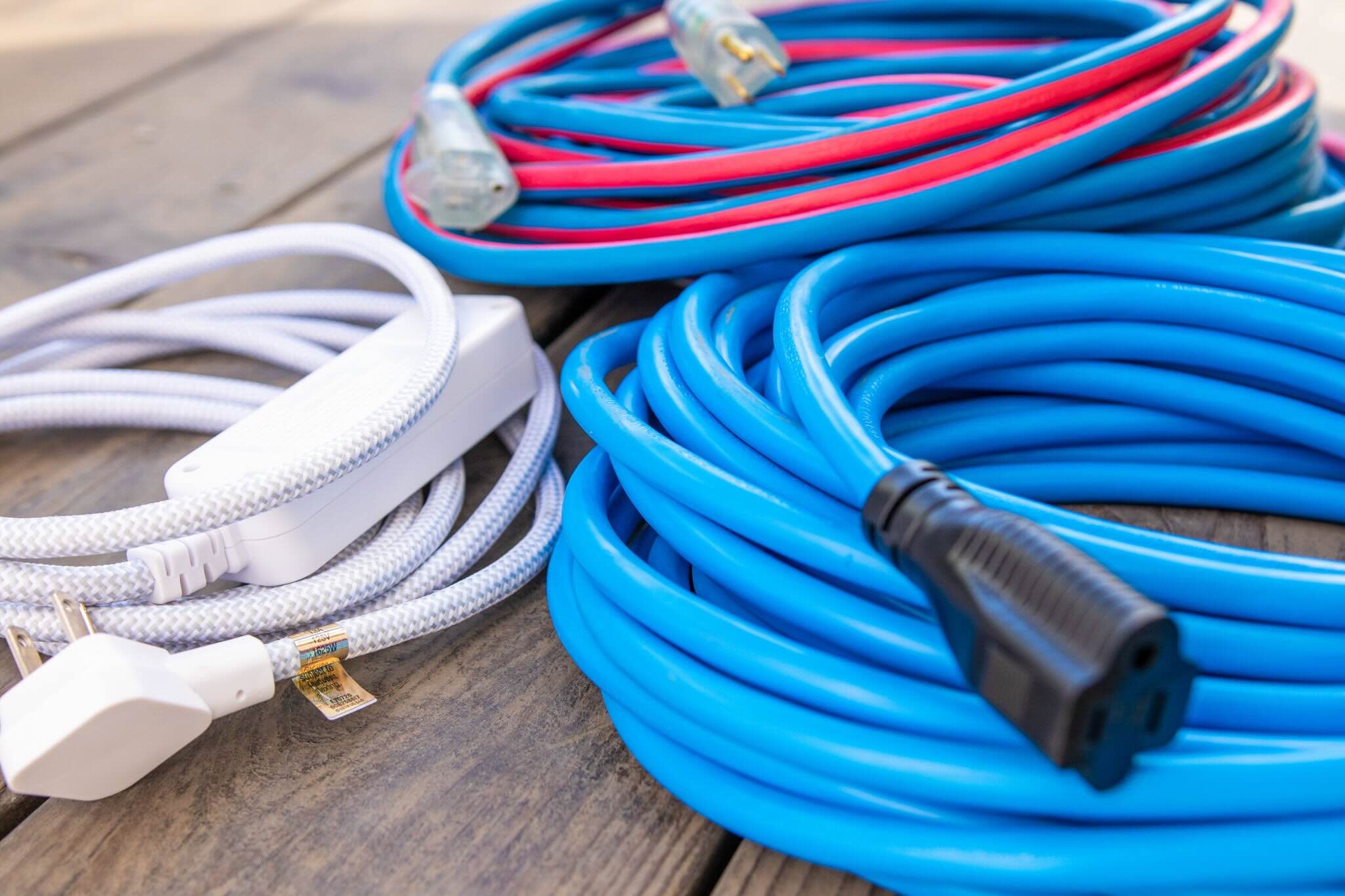
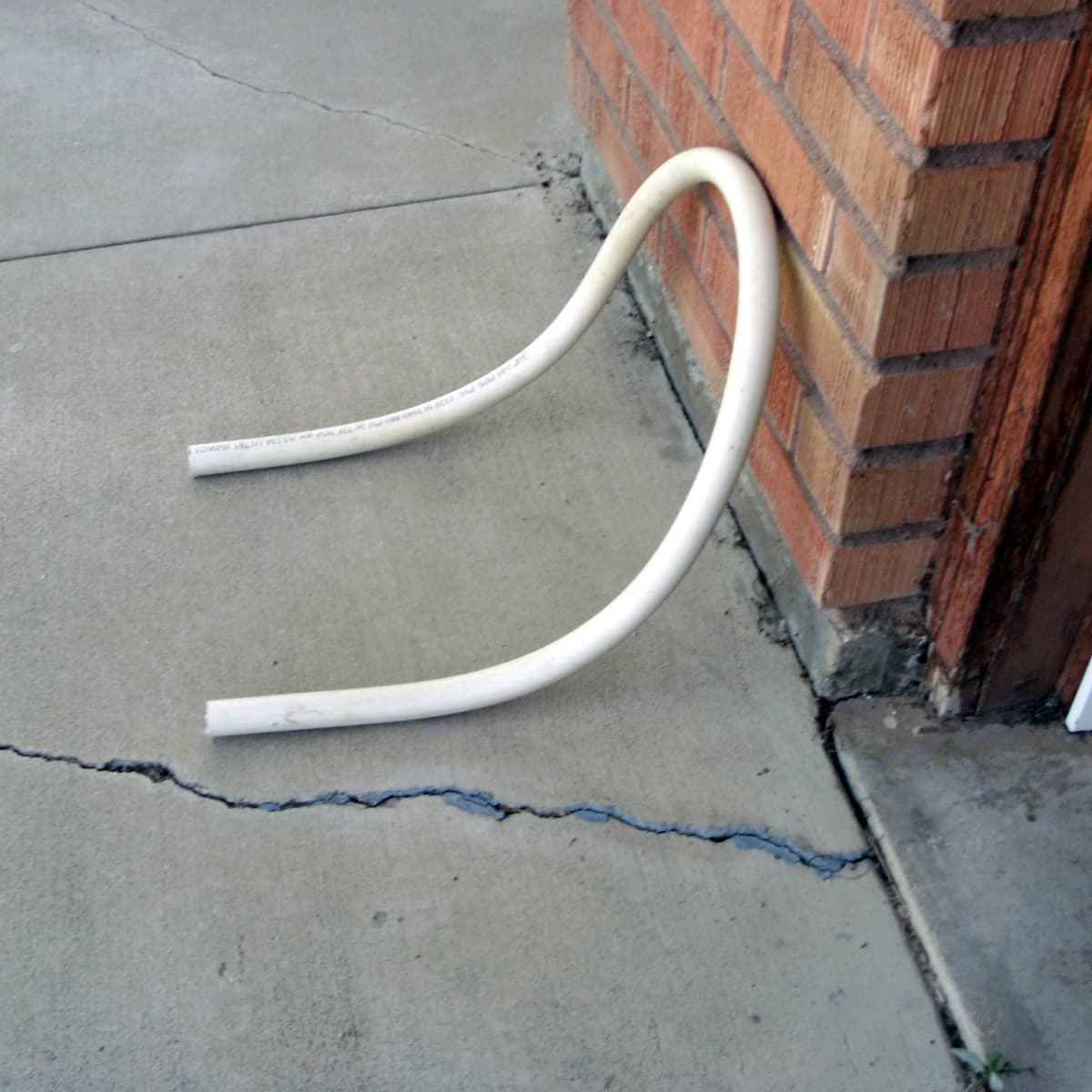
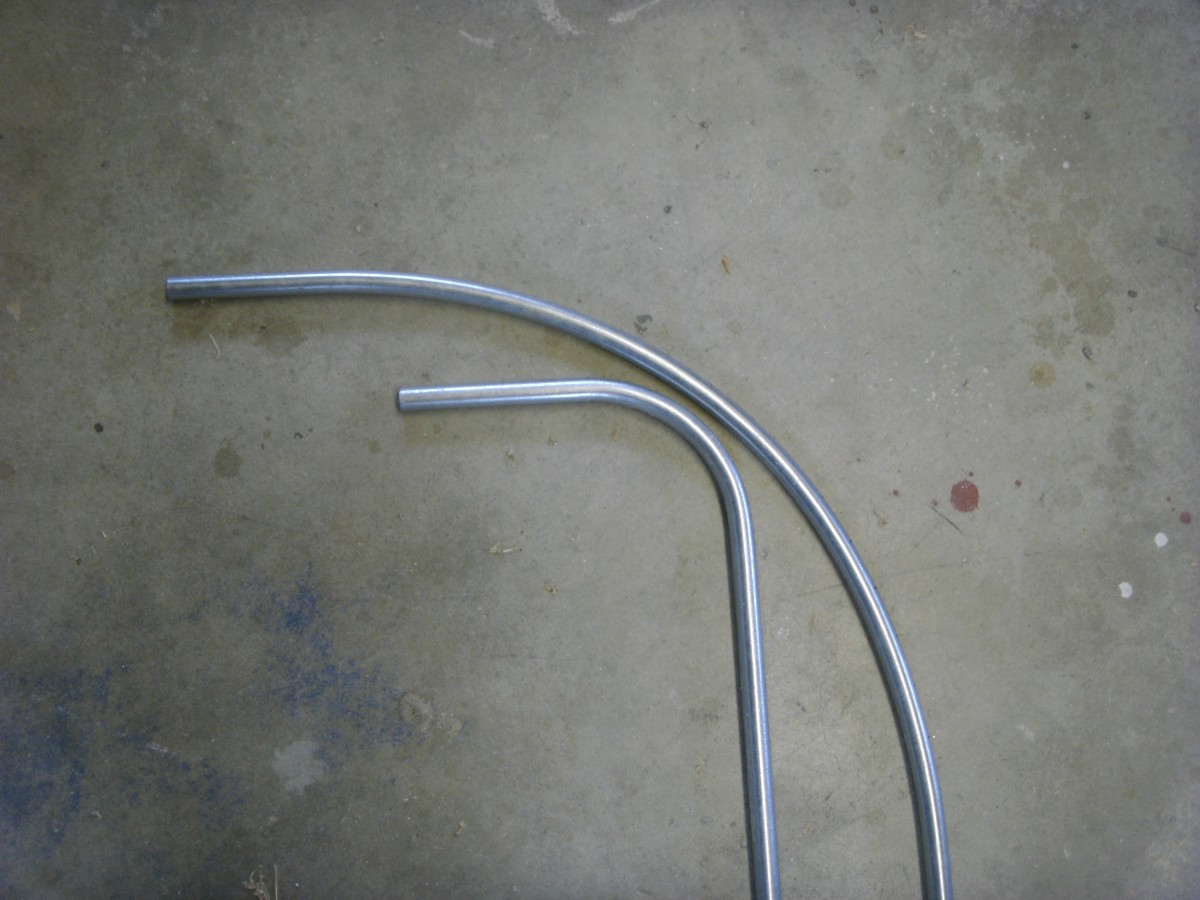
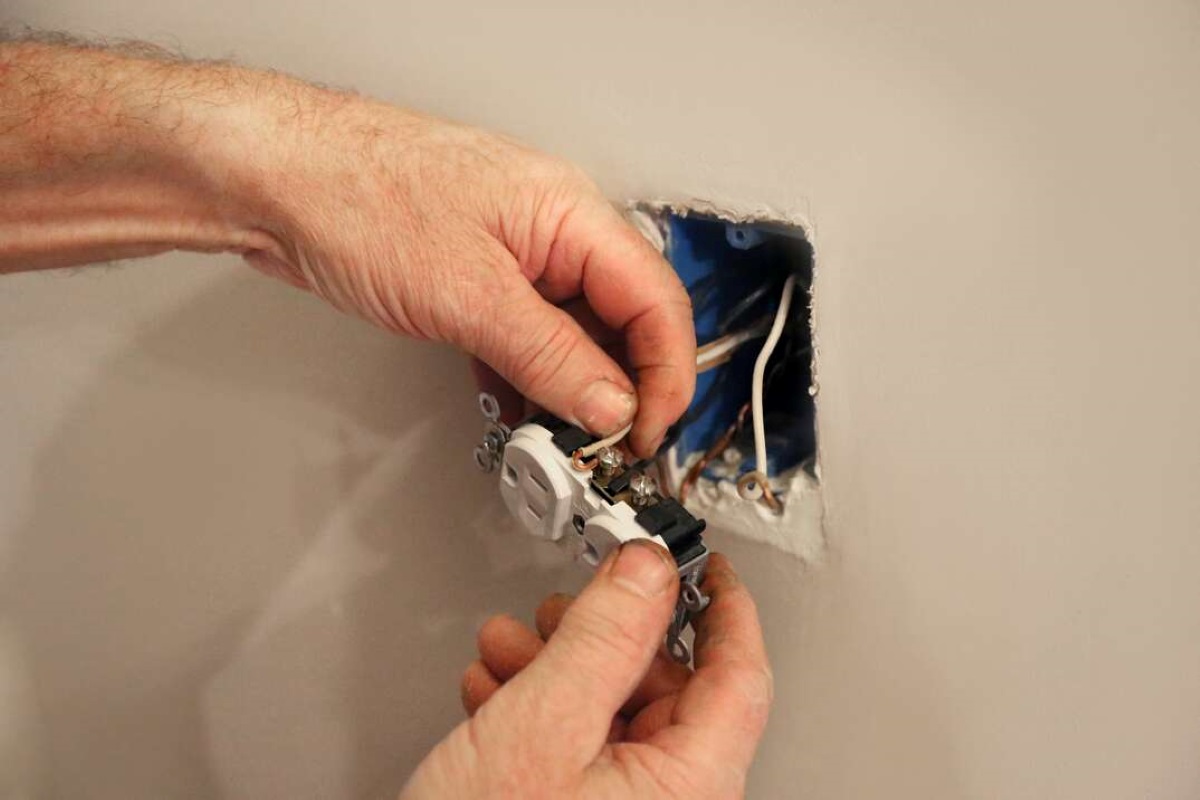
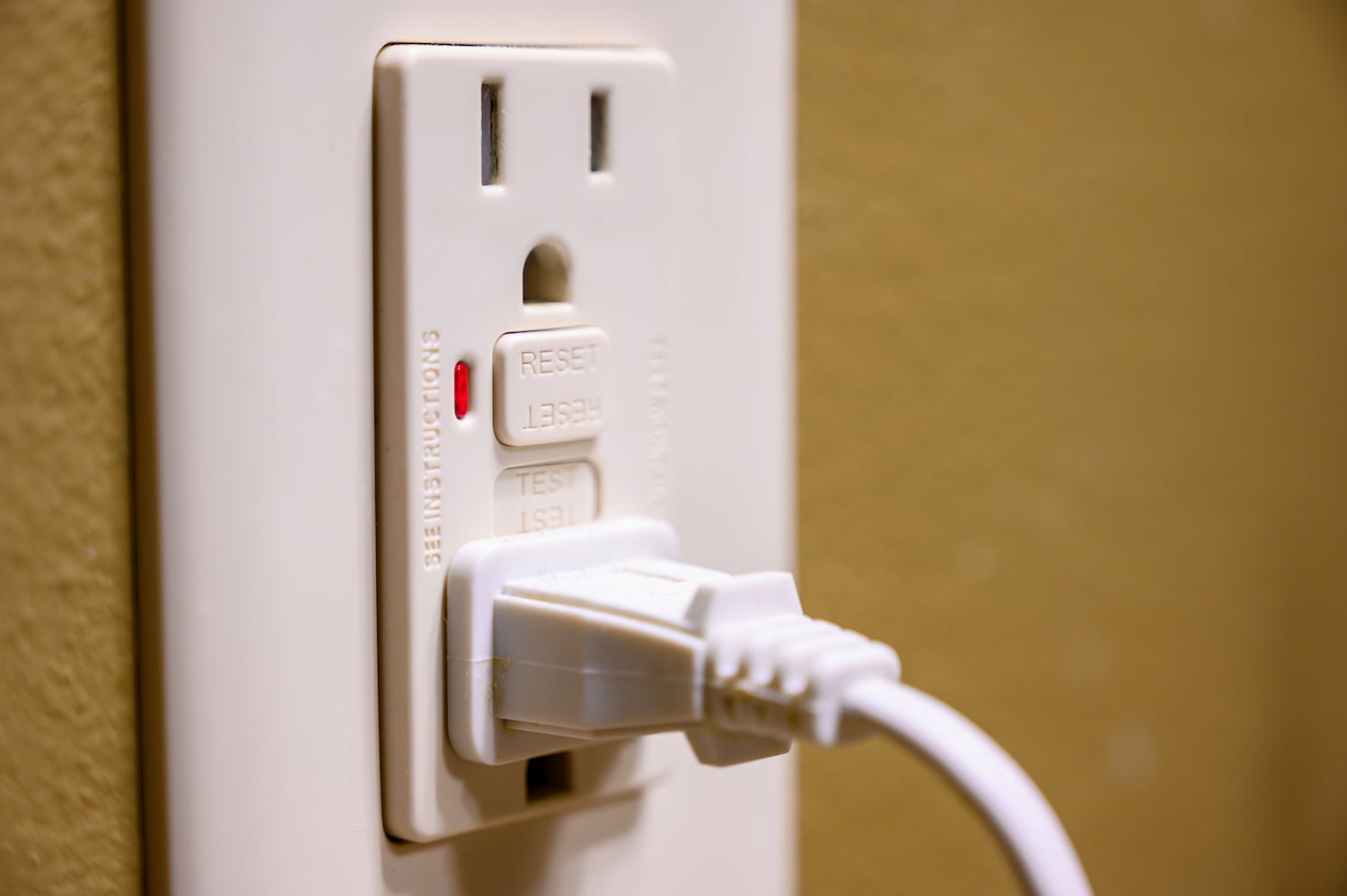
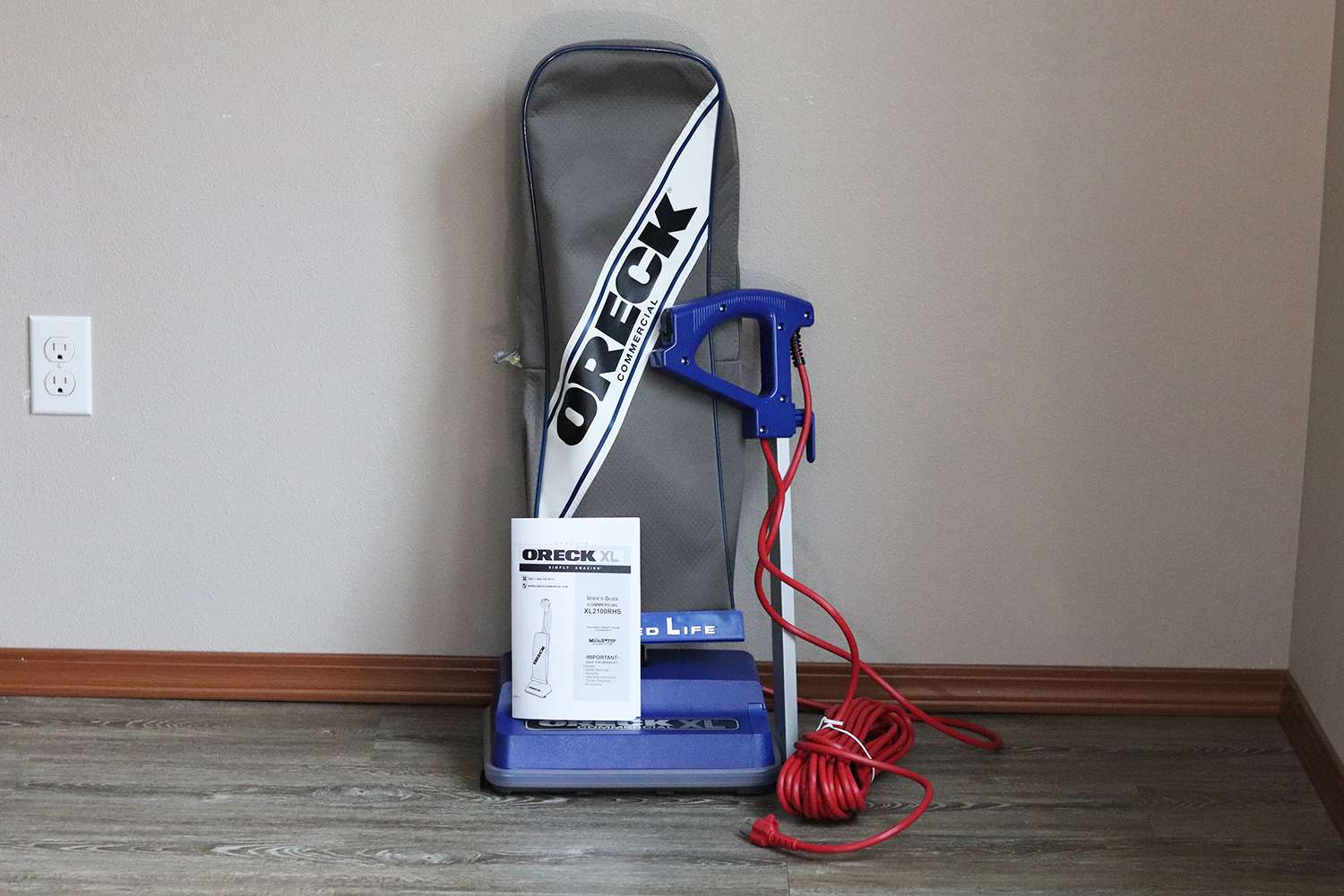
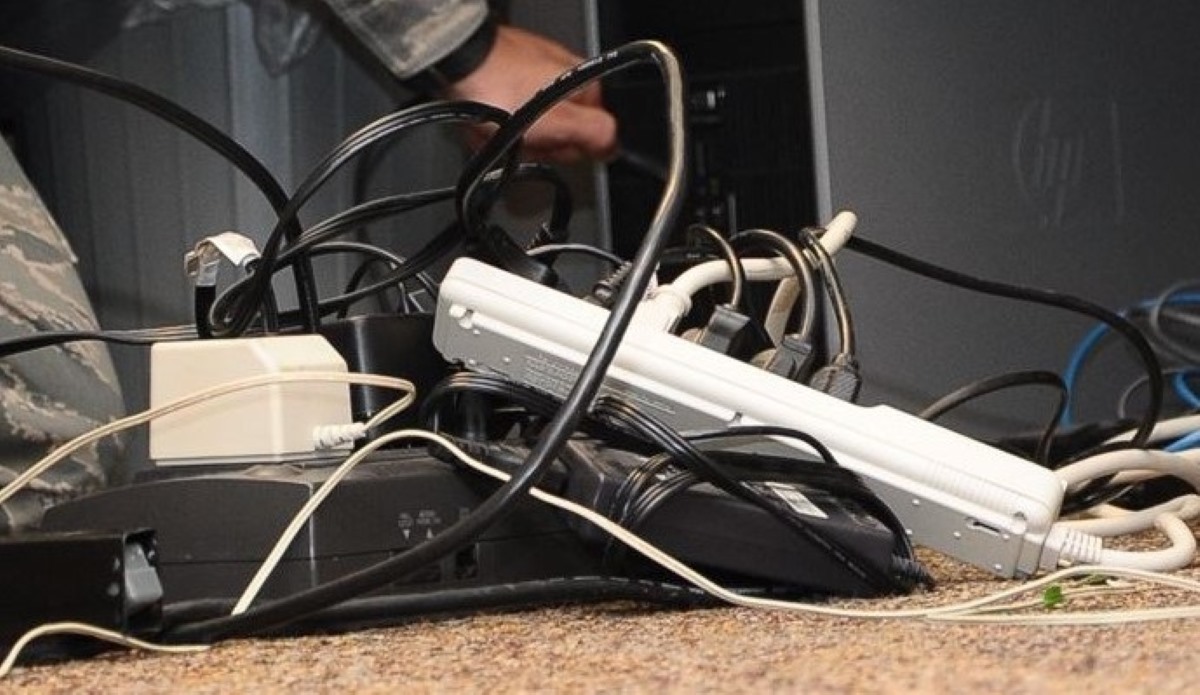

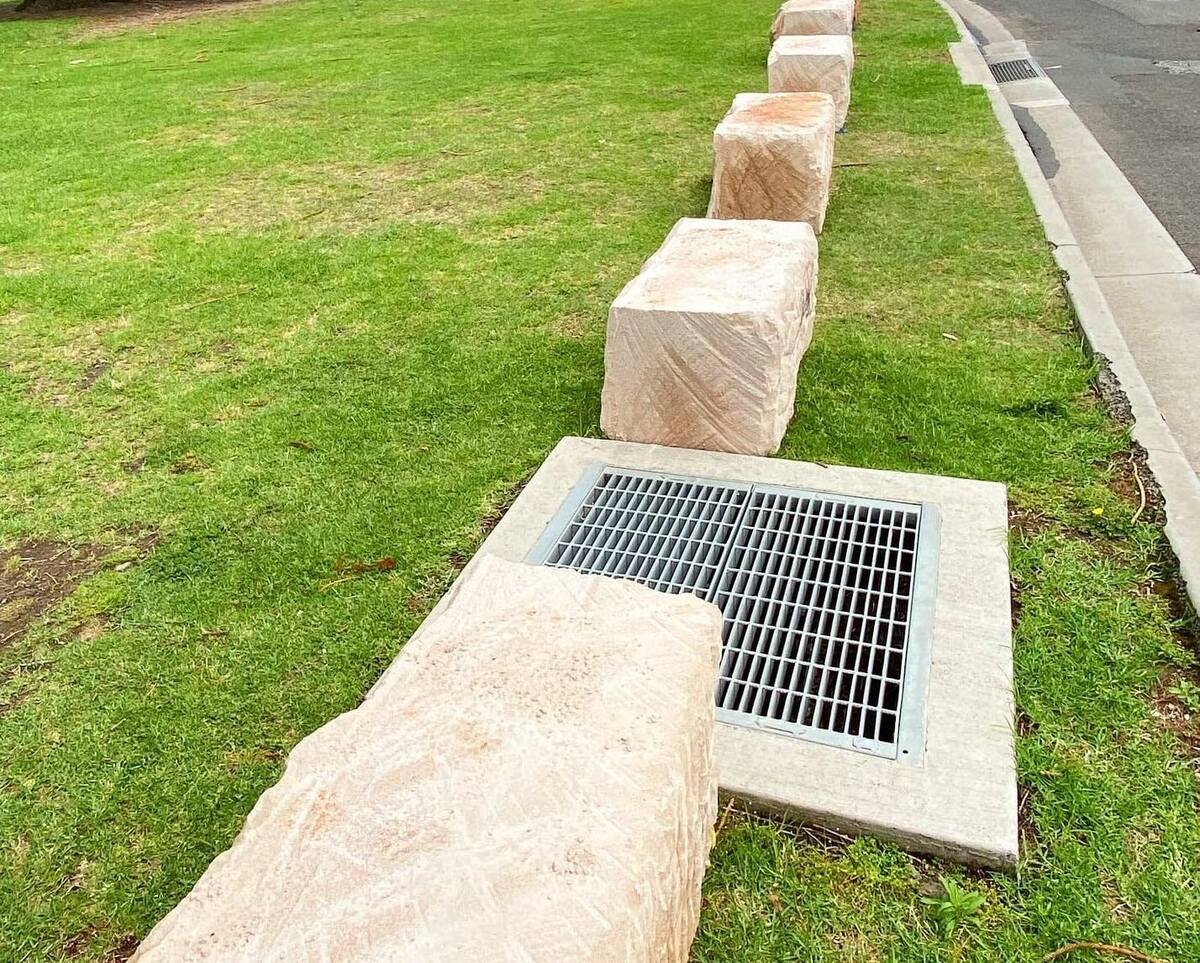


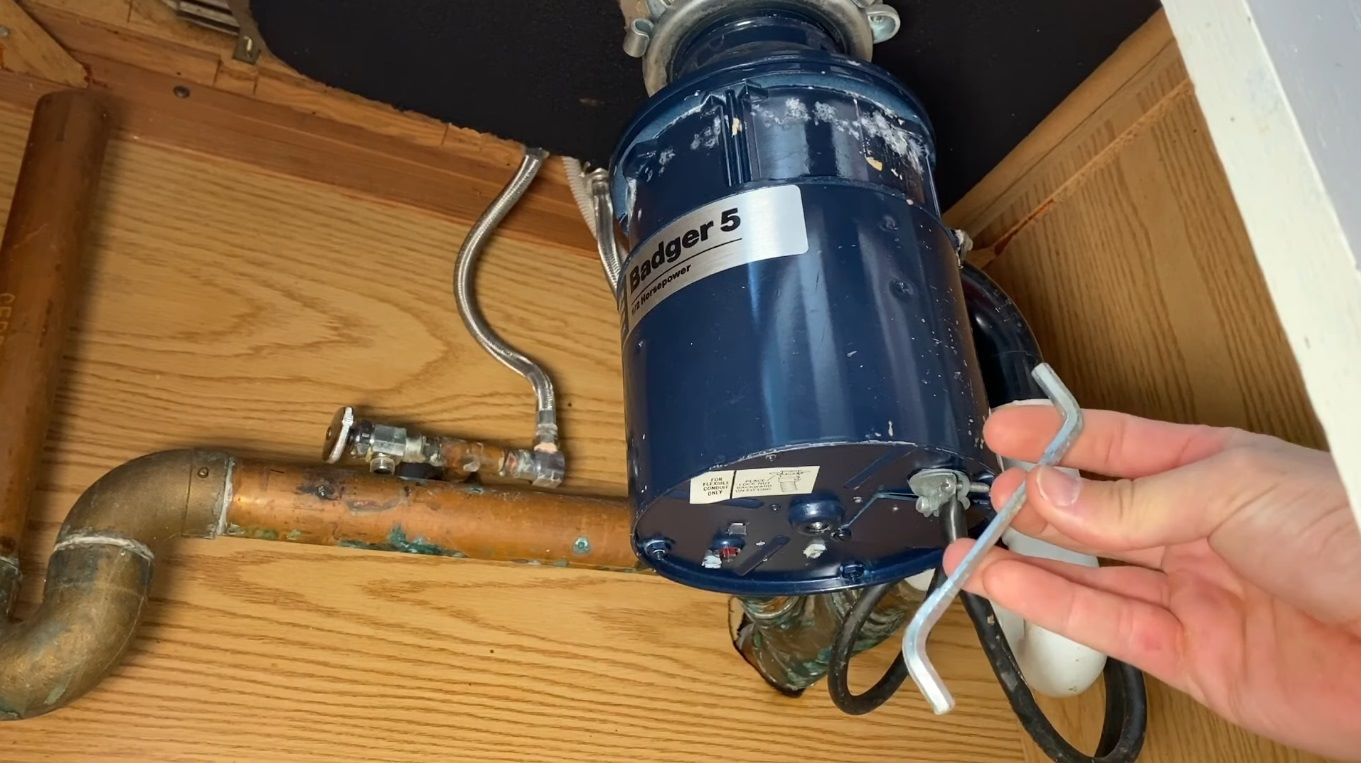
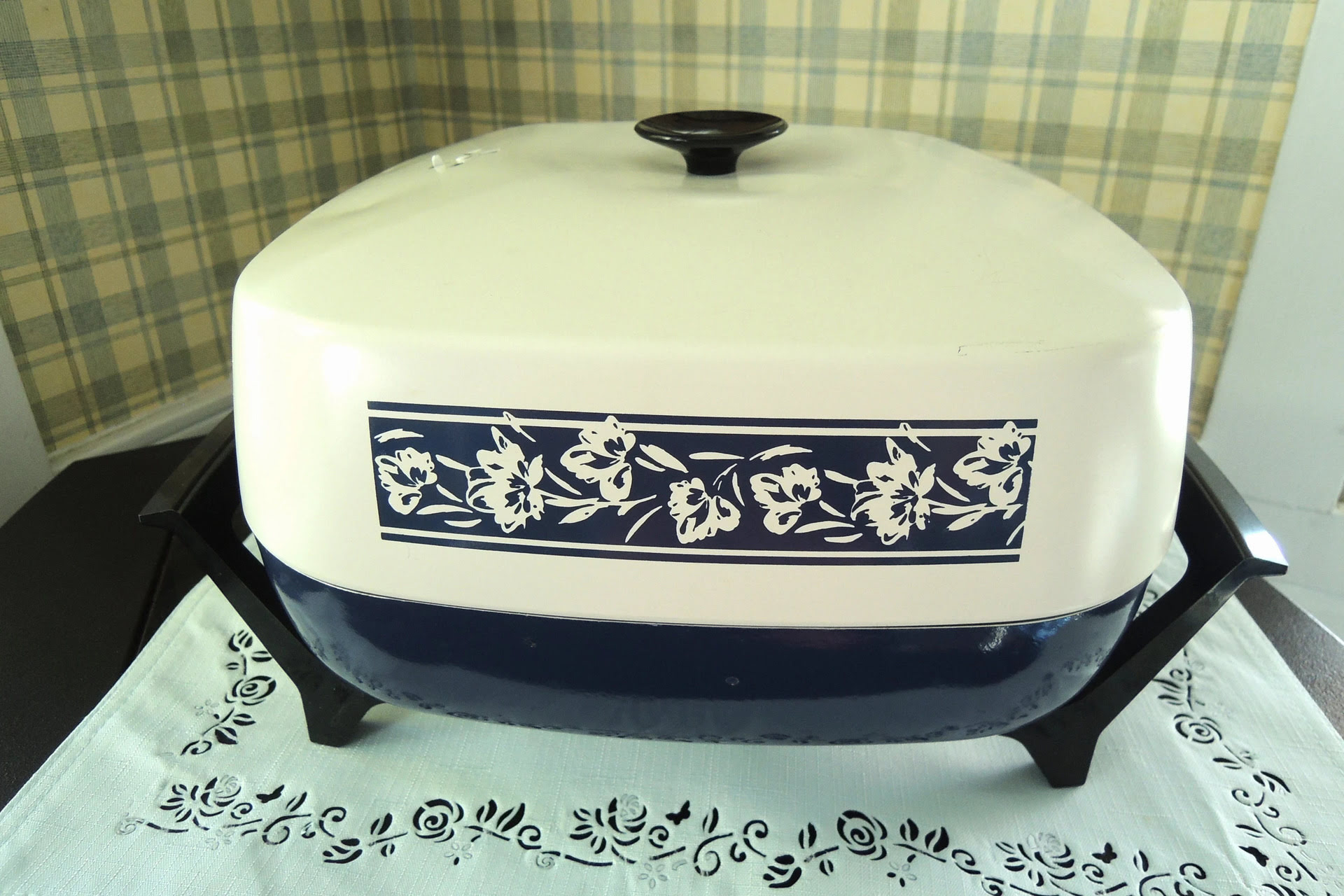


0 thoughts on “How To Protect Electrical Cords From Excessive Pulling And Bending”